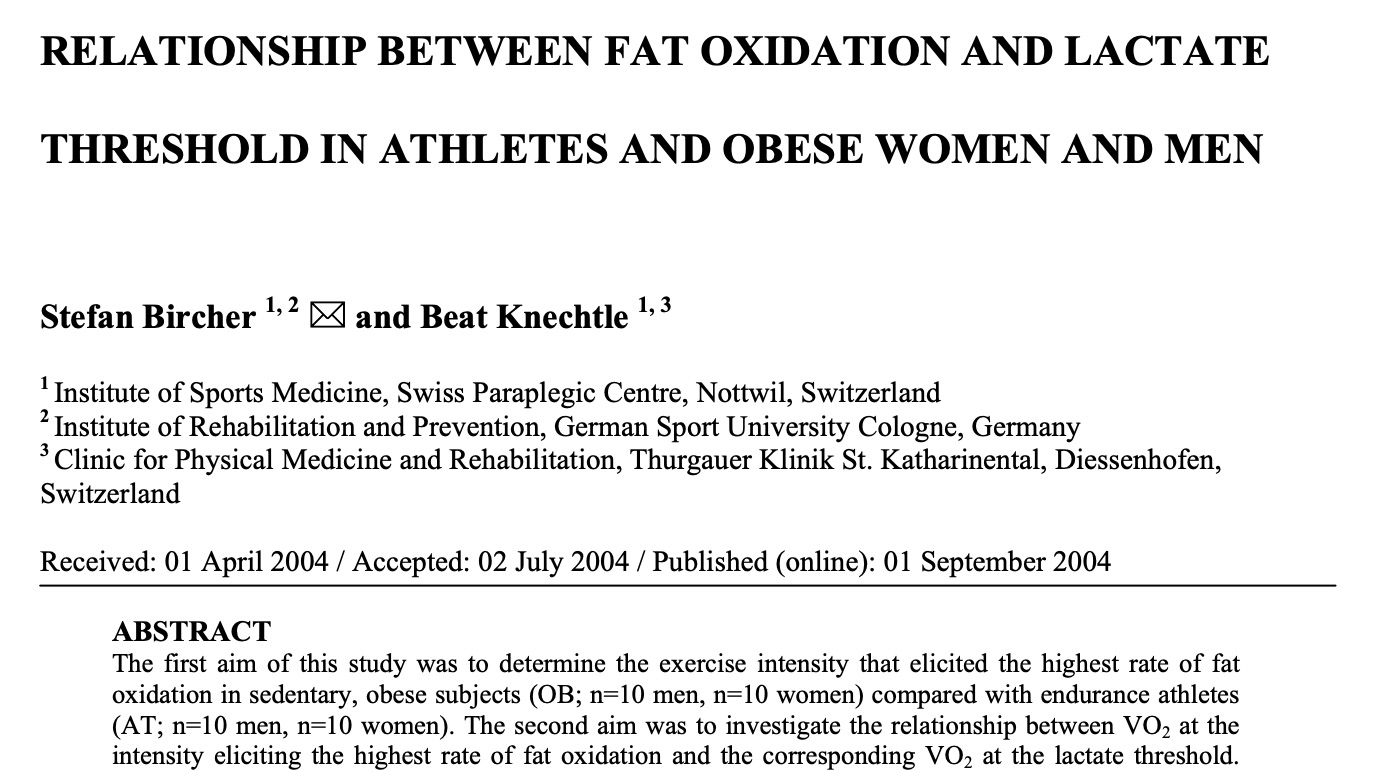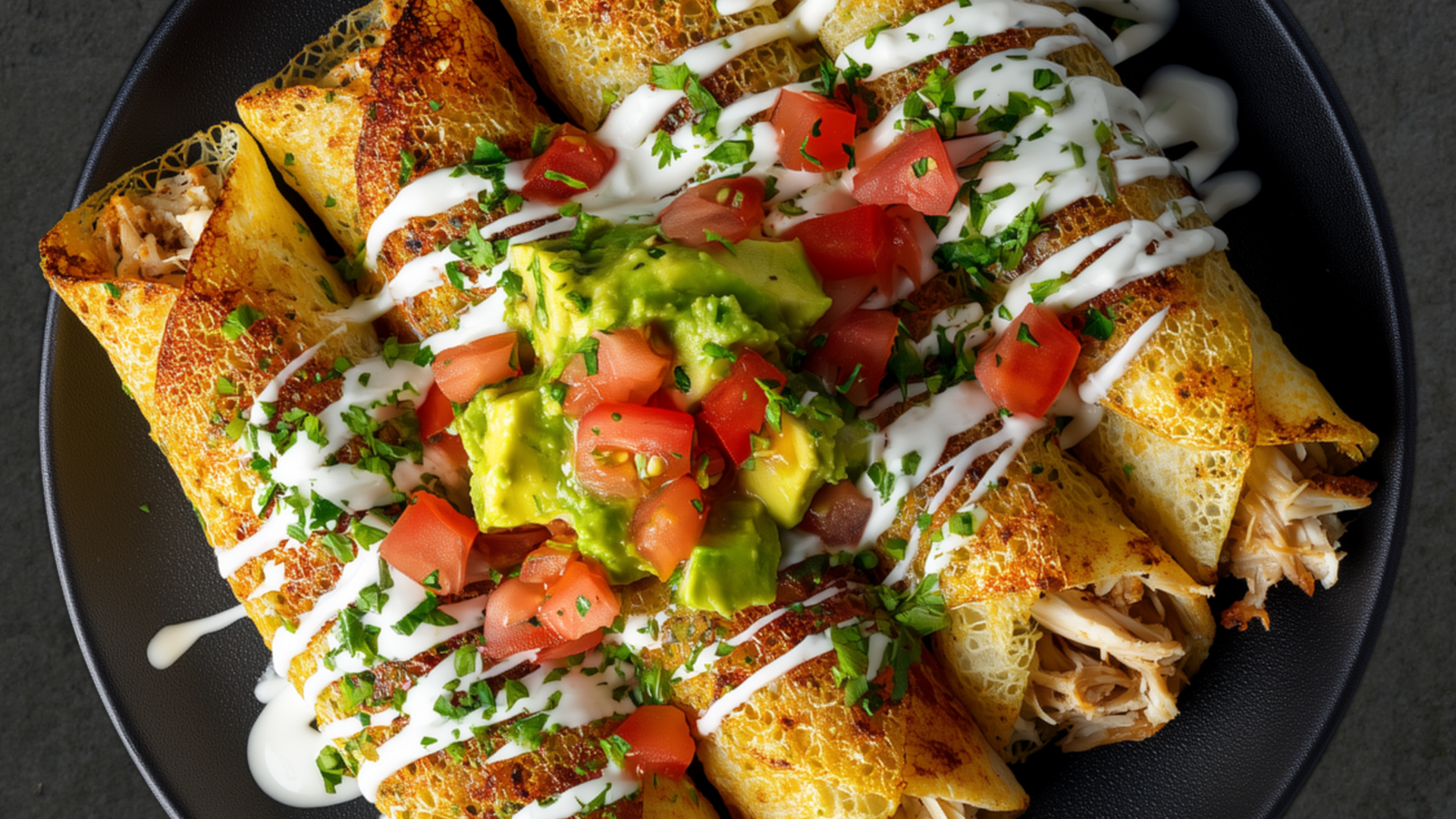The
Daily
Fix
For time:
Chicken Enchiladas with Cheese Shells
Relationship Between Fat Oxidation and Lactate Threshold in Athletes and Obese Women and Men

100-ft handstand walk
30 dumbbell clean and jerks
100-ft handstand walk
20 dumbbell clean and jerks
100-ft handstand walk
10 dumbbell clean and jerks
100-ft handstand walk
Shredded chicken rolled in baked cheese shells and smothered in a rich, tangy, homemade enchilada cream sauce.
Aerobic fitness and metabolic efficiency across body types
Men use 50-lb dumbbells.
Women use 35-lb dumbbells.
Post time to comments.
Ingredients
2 cups cooked shredded chicken (thigh or breast)
Salt and pepper, to taste
½ tsp cumin
½ tsp garlic powder
½ tsp onion powder
1 cup shredded Monterey Jack cheese (for mixing with chicken)
2 Tbsp butter or tallow (for sautéing and greasing)
2 cups shredded cheddar or mozzarella cheese (¼ cup per shell, makes ~8 shells)
2 Tbsp butter
2 cloves garlic, minced
1 tsp chili powder
½ tsp cumin
¼ tsp paprika
½ cup chicken broth (no sugar added)
2 Tbsp tomato paste
2 Tbsp heavy cream
Salt, to taste
1 Tbsp chopped cilantro
1 tsp olive oil (cold drizzle, optional)
1 Tbsp sour cream or diced avocado (optional)
Macronutrients (per enchilada, makes 8)
Protein: 19g
Fat: 18g
Carbs: 3g
Preparation
Preheat oven to 375°F (190°C). Line a baking sheet with parchment paper.
Place ¼ cup piles of shredded cheese (2 cups total) on the baking sheet, spacing them out. Flatten into thin circles.
Bake for 7–9 minutes, until bubbling and golden around the edges. Let cool 1–2 minutes, then gently lift and drape over a wooden spoon handle or lay flat to form pliable taco-like shells. Let cool and harden.
In a saucepan over medium heat, melt butter (2 Tbsp). Add garlic (2 cloves), chili powder (1 tsp), cumin (½ tsp), and paprika (¼ tsp). Stir for 30 seconds.
Whisk in chicken broth (½ cup), tomato paste (2 Tbsp), and heavy cream (2 Tbsp). Simmer for 3–5 minutes until thickened. Season with salt to taste and set aside.
In a skillet, melt butter or tallow (2 Tbsp). Add shredded chicken (2 cups) and season with cumin (½ tsp), garlic powder (½ tsp), onion powder (½ tsp), salt, and pepper. Stir in Monterey Jack cheese (1 cup) and mix until melty and combined.
Spoon the chicken filling into each cheese shell and roll tightly. Place seam-side down in a small greased baking dish.
Spoon enchilada sauce over the rolls and bake uncovered at 375°F for 10–12 minutes, until hot and bubbly.
Top with chopped cilantro, sour cream, avocado, and a drizzle of olive oil (1 tsp) if desired.
This study compared endurance-trained athletes with obese men and women to explore how fat oxidation relates to lactate threshold during graded treadmill exercise. Using indirect calorimetry, the authors found that the athletes reached peak fat oxidation at higher intensities and closer to their lactate threshold, whereas obese participants did so at much lower workloads. While the athlete group happened to be endurance-trained, the results point more broadly to aerobic capacity—rather than endurance training itself—as the key factor improving the body’s ability to oxidize fat efficiently. The study highlights the link between fitness and metabolic flexibility, the capacity to shift smoothly between fat and carbohydrate metabolism depending on energy demands.
COMMENTS
100’ bear crawl
8:40
Just finished 20 dumbbell clean and jerks with 2x16kgs.

100’ Bear Crawl
30 Db CL&J (35lbs)
100’
20
100’
10
100’